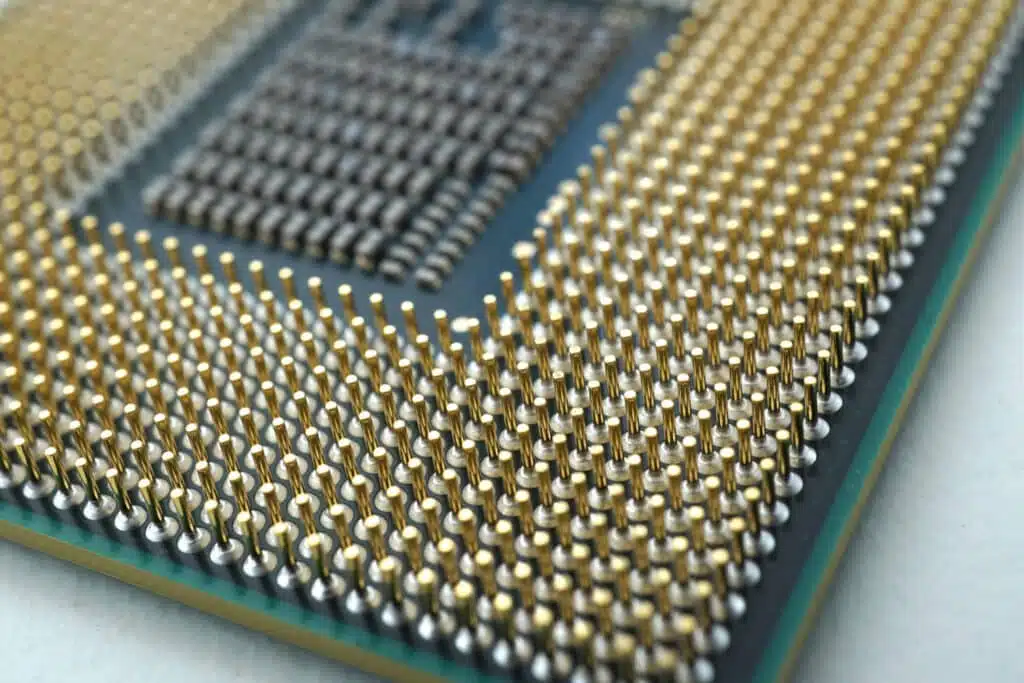29.08.2018

Intel defines TDP in one of its white papers as follows: "The upper point of the thermal profile consists of the Thermal Design Power (TDP) and the associated Tcase¬ value. Thermal Design Power (TDP) should be used for processor thermal solution design targets. TDP is not the maximum power that the processor can dissipate."
Tcase describes the temperature measurement via a thermocouple embedded in the center of the heat distributor. The original measurement is carried out at the factory. After production, Tcase is calibrated by the BIOS. The measurement results are read on a diode between and below the cores. (Source: Intel)
According to Intel, TDP therefore represents a guideline value for the recommended heat dissipation, among other things. At the same time, the Thermal Design Power says nothing about the maximum possible power output.
ComputerBase.de lists another Intel definition in one of its current articles: According to this, TDP also stands for "the average power consumption (in watts) that the processor derives when operating at base frequency with all cores active at a highly complex workload defined by Intel".
It is true that we can only speculate as to what exactly is meant by a "highly complex workload". What is clear from this definition, however, is that the thermal design power is in no way based on the turbo clock rates of a processor. As the Thermal Design Power refers exclusively to the base clock of a CPU, it is therefore not possible to deduce how much power a processor consumes throughout the day.
Intel also mentions AMD's definition of thermal design power in its white paper. According to AMD, TDP means: "The thermal design power is the maximum power a processor can draw for a thermally significant period while running commercially useful software." The constraining conditions for TDP are specified in the notes in the thermal and power tables."
ComputerBase.de also lists a further definition of AMD:
"The TDP is a strict measure of the thermal power dissipation of an ASIC (= Application-Specific Integrated Circuit), which defines the minimum cooling system required to achieve the specified performance."
Consequently, this would mean that a CPU can only achieve the intended performance as long as the performance is not throttled by excessive temperatures. At the maximum permissible ambient temperature, the CPU must therefore dissipate the power loss that ensures that the temperature of the CPU is exactly at its critical limit.

Machines that know when they need to be serviced before anything breaks down. Sounds like a dream of...

Digital signage has long been much more than just static screens. In times of Industry 4.0, smart bu...

SCADA systems enable real-time monitoring and control of industrial processes and are central to Ind...
You need to load content from reCAPTCHA to submit the form. Please note that doing so will share data with third-party providers.
More Information